Search the Special Collections and Archives Portal
Search Results
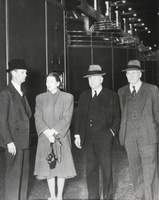
Photograph of power plant, Hoover Dam, February 23, 1939
Date
Archival Collection
Description
Image
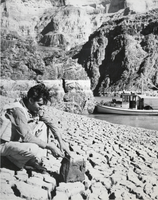
Photograph of mud deposit, Hoover Dam, March 14, 1939
Date
Archival Collection
Description
Image
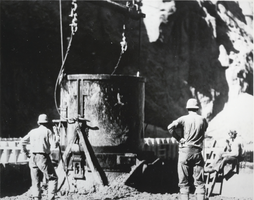
Photograph of construction, Hoover Dam, August 31, 1933
Date
Archival Collection
Description
Image
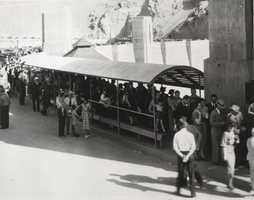
Photograph of Memorial Day, Hoover Dam, May 30, 1937
Date
Archival Collection
Description
Image
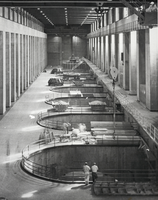
Photograph of generators, Hoover Dam, June 24, 1937
Date
Archival Collection
Description
Image
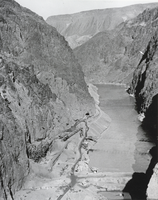
Photograph of construction, Hoover Dam, November 18, 1932
Date
Archival Collection
Description
Image

Photograph of Hoover Dam, August 8, 1967
Date
Archival Collection
Description
Image
Taylor, Richard B. (Richard Blackburn), 1929-2011
Richard "Dick" Blackburn Taylor was a prominent businessman in Las Vegas, Nevada and amateur historian of Southern Nevada. Taylor was born on January 31, 1929 in Quincy, Illinois and grew up in Glendale, California. After graduating high school in 1947, he attended Washington and Lee University, the University of Southern California, and the University of Hawaii. He served in the 4th Infantry Division of the United States Army in Germany during the occupation following WWII. In 1957, he married Charlene Flora Belknap and they had four children.
Person
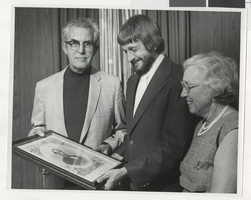
Photograph of Dr. Thomas White, Dr. Donald Baepler, and Dr. Juanita White, Las Vegas (Nev.), 1970s
Date
Archival Collection
Description
Image
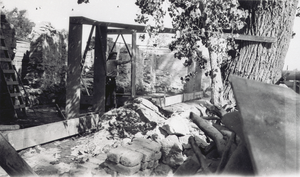
Film transparency of the gravel testing laboratory, Las Vegas, September 20, 1929
Date
Archival Collection
Description
Image
